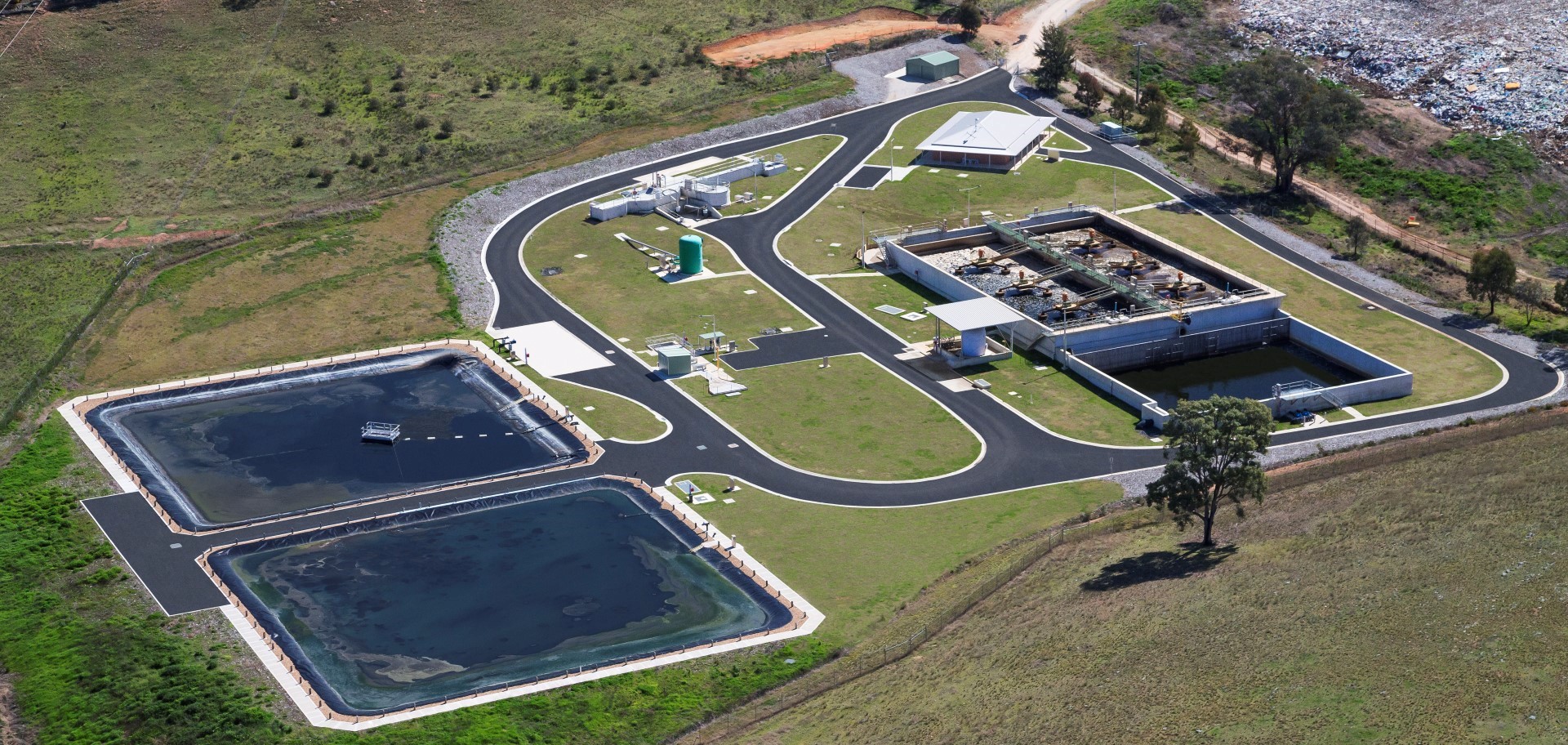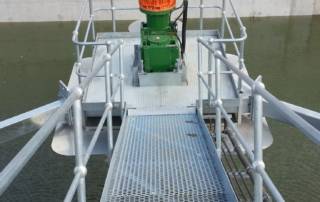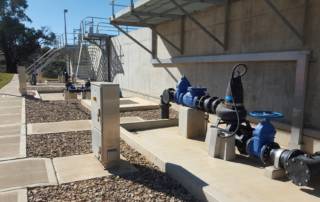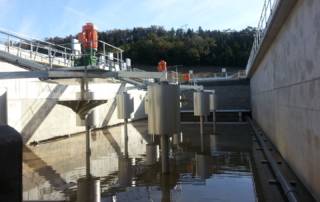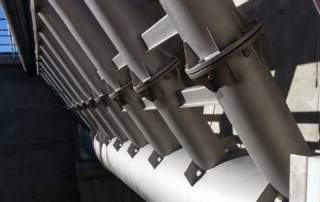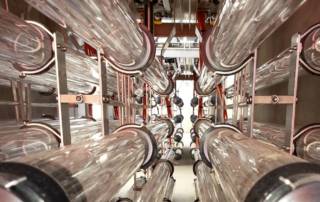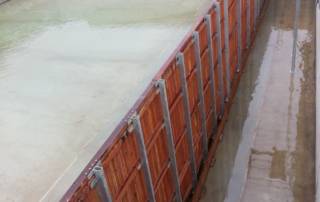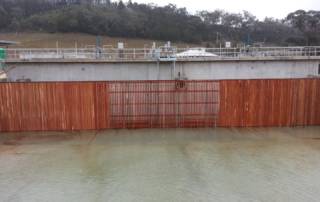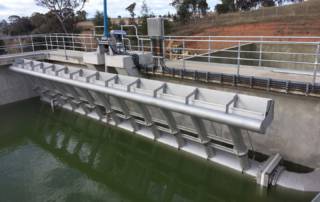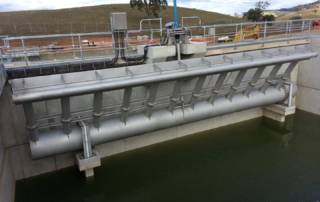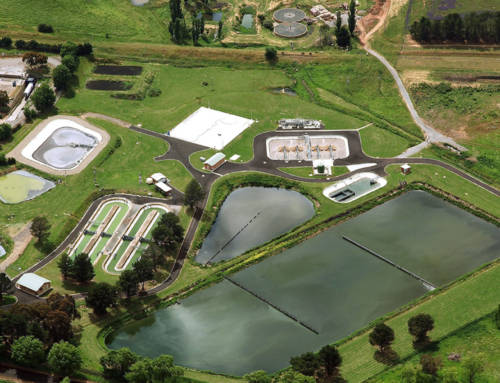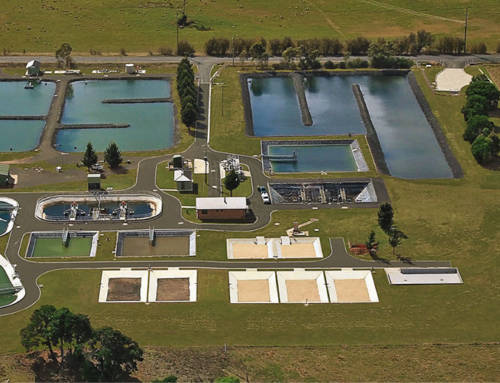The Mudgee Township was serviced by the original Mudgee sewage treatment plant (STP) located about 2.5 km north-west of Mudgee. The Mudgee STP was originally constructed in 1933 and had undergone two major augmentations since then, in 1961 and again in 1991.
The STP was operating above its design capacity and needed to be upgraded to cater for residential growth and to reduce pollutant loads on the receiving Cudgegong River. Discharges to the Cudgegong River were licensed by the EPA (now part of the DECCW – Department of Environment, Climate Change and Water).
According to recent census data (2006) Mudgee had a permanent population of approximately 8,800 persons, which is forecast to grow to some 14,000 persons by 2031. The load on the plant in 2031 has been estimated to be 16,000 EP, after allowing for commercial/industrial contributions.
The augmentation of the Mudgee Sewerage System was based on the replacement of the existing plant with a new STP based on primary treatment, secondary extended aeration activated sludge and disinfection processes.


